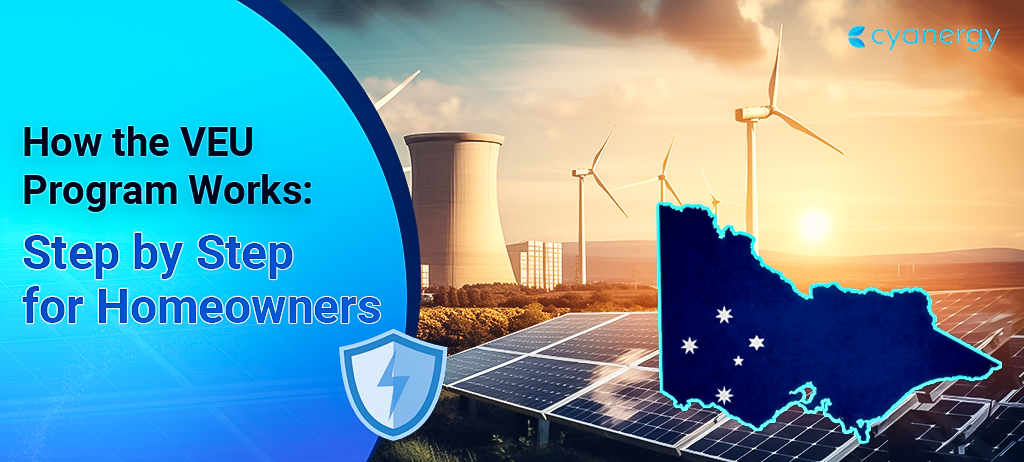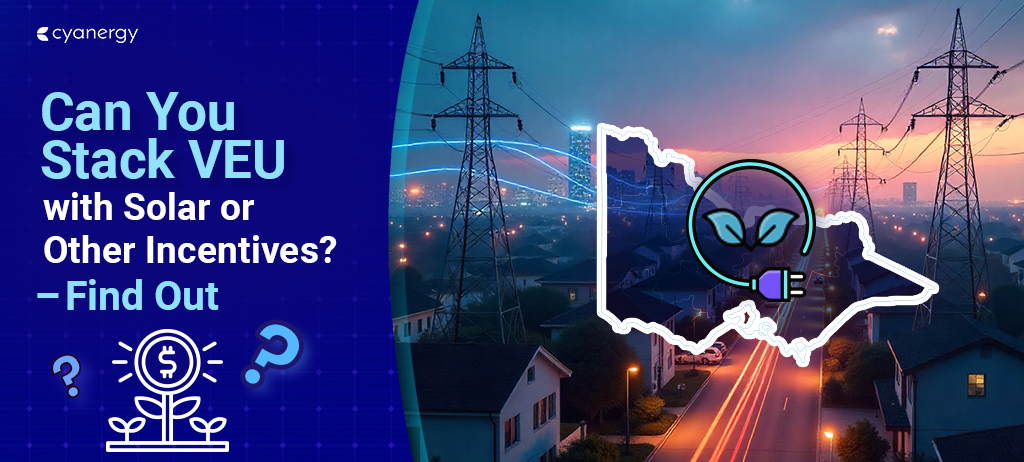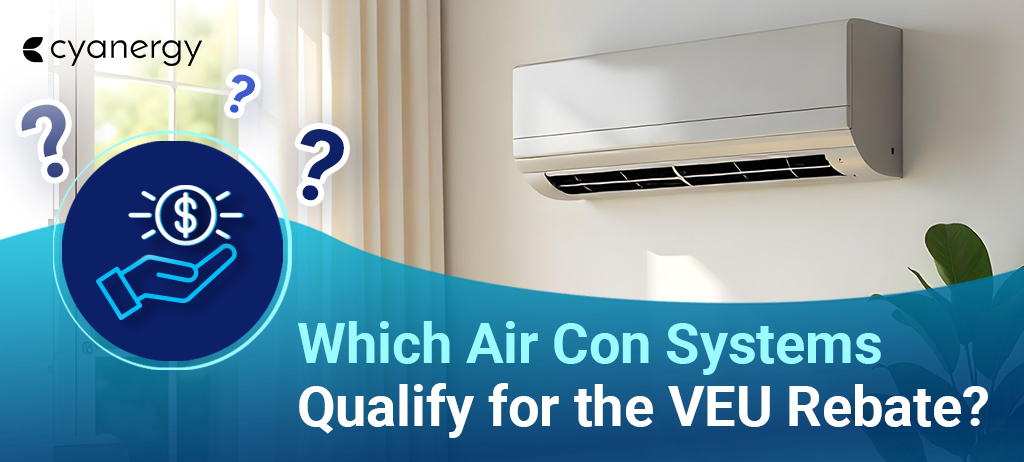Rising gas prices, growing awareness of the benefits of switching to electric options, and the push to reduce emissions have increased interest in household electrification in Australia.
Electrification and energy efficiency are a perfect pairing because Australia has the technology and skilled workforce needed to support this shift.
Home electrification is crucial to Australia’s goal of reaching net-zero emissions and brings significant economic benefits. Policies, economic incentives, and public demand support this transition, promising homeowners a brighter, more cost-effective future.
However, this shift also brings challenges for the energy industry. As gas use declines and more households generate electricity, energy bills will decrease, potentially impacting energy companies’ revenue.
The industry must also adapt to a more decentralized energy generation model, where households play a more active role in energy production.
To stay competitive, energy companies must adjust their businesses and offerings to meet these new customer needs.
What is Electrification?
Electrification means replacing technologies that rely on fossil fuels (like coal, oil, and natural gas) with those that use electricity as their energy source.
Electric appliances and devices in the home not only allow the use of renewable energy but are also more energy-efficient than gas-powered ones.
Some common steps and appliances to consider for your electrification journey include:
- Solar panels
- Split system or Reverse cycle air conditioner
- Electric Appliances
For instance, switching to a heat pump for your air conditioner, heater, or hot water system can help you save 3 to 4 times the energy, reducing emissions through energy efficiency and renewable energy use.
The good news is that government rebates are readily available to support you in making this transition. These financial incentives make the shift to electrification and energy efficiency more accessible and affordable for all Australians.
What is Energy Efficiency in Australia?
Energy efficiency is all about using less energy to get the same results. It focuses on reducing the energy needed for everyday tasks, like heating your home, cooking, or using appliances, without sacrificing comfort or performance.
For example, energy-efficient appliances like washing machines, refrigerators, and air conditioners are designed to use less electricity while still working effectively.
The goal is to reduce energy waste, which lowers your utility bills and helps protect the environment by reducing greenhouse gas emissions.
Improving energy efficiency can involve simple actions, such as switching to LED light bulbs, sealing gaps in windows to keep heat in during winter, or upgrading to more efficient appliances.
It can also include more significant changes, such as adding insulation to your home or installing energy-efficient heating and cooling systems.
Overall, energy efficiency means getting more out of your energy while saving money and resources. Consequently, it will make your home or workplace more environmentally friendly.
Benefits of Household Electrification in Australia
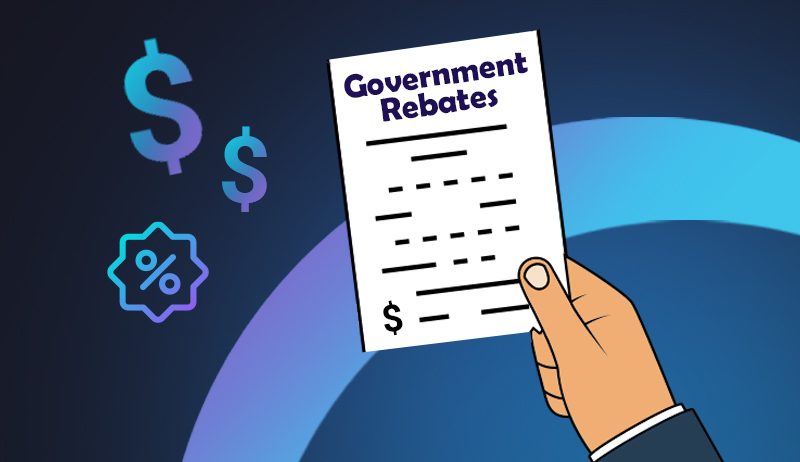
- Lower energy bills
- Reduced greenhouse gas emissions
- Improved energy efficiency
- Enhanced indoor air quality
- Increased use of renewable energy
- Decreased reliance on fossil fuels
- Long-term cost savings
- Support for reaching net-zero targets
- Future-proofing homes
- Government incentives and rebates
How can Australia Leverage Energy Efficiency and Electrification to Power a Net-zero Future?
Australia can achieve a net-zero future by focusing on energy efficiency and electrification. The idea is to make homes, businesses, and industries use less energy while shifting to electricity powered by solar and wind. By doing this, Australia can reduce its reliance on fossil fuels and reduce harmful emissions.
Energy efficiency plays a key role by helping to use less energy for the same tasks. For example, homes with more energy-efficient appliances, such as modern air conditioners and
LED lights consume less power but still deliver the same comfort and functionality. Similarly, better insulation and smarter building designs can keep homes cooler in summer and warmer in winter without needing as much heating or cooling. These steps help lower overall energy demand, making relying on clean energy sources easier.
Electrification is another essential strategy. This involves replacing things that run on gas, oil, or coal with electric versions.
For example, switching from gas heaters and stoves to electric ones, especially those powered by renewable energy, reduces emissions and is more efficient.
Using electric vehicles instead of petrol cars is another significant shift that will reduce pollution and help clean up the transportation sector.
Australia can significantly cut its carbon footprint by making these changes across homes, transportation, and industries.
One significant benefit is that Australia has abundant sunshine and wind, which makes renewable energy highly accessible.
By combining energy efficiency with widespread electrification powered by clean energy sources, the country can lower its overall energy use while moving closer to its net-zero goals.
The government also supports this transition with policies, rebates, and incentives to help households and businesses switch.
Although the energy industry will face challenges adjusting to these changes, such as a reduced role for gas and more self-generated electricity from homes with solar panels, the shift also opens up new opportunities.
Companies must innovate and adapt to meet the growing demand for electric solutions and energy-efficient products. This shift also opens up new opportunities, such as developing innovative energy-efficient products, the expansion of renewable energy infrastructure, and providing energy management services for households and businesses.
Technological Advancements for Electrification and Energy Efficiency
Electric Heat Pumps: A Smart Alternative
An electric heat pump is a device that can heat or cool a space by moving heat from one place to another. In winter, it takes heat from outside and brings it inside to warm the home.
In summer, it does the reverse, moving heat from indoors to the outside to cool the space. Electric heat pumps are highly efficient and use less energy than traditional systems.
Energy-Efficient Air Conditioners
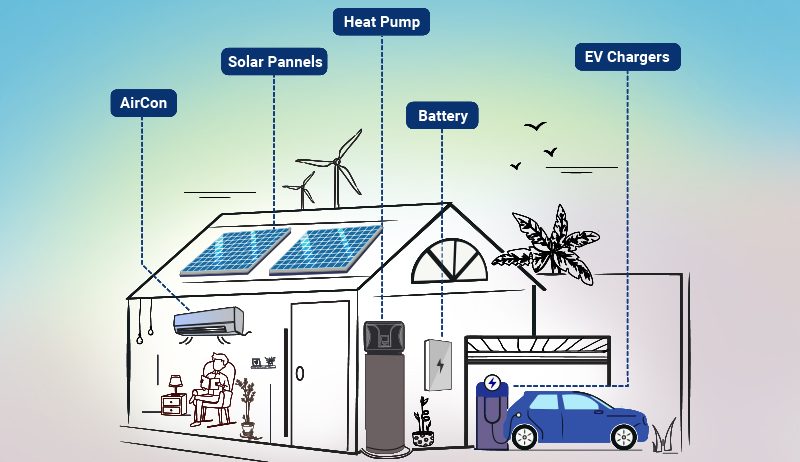
LED Lights: Efficient and Long-Lasting
Commercial Solar and Storage
Commercial solar panels convert sunlight into electricity, allowing businesses to power their operations while relying less on the traditional energy grid.
Some companies also use solar storage systems, where batteries store extra solar energy when the sun isn’t shining. This setup ensures a steady energy supply while reducing fossil fuel needs.
These electric technologies make heating, cooling, and lighting more sustainable, energy-efficient, and affordable, helping to build a cleaner, greener future.
Innovations and Key Trends in 2024 for Electrification
Smart Grid Technology:
Wireless Power Transmission:
Electric Vehicles (EVs) and Charging Stations:
Enhanced Energy Efficiency Technologies:
Battery Storage Solutions:
AI in Grid Management:
Artificial intelligence (AI) will help predict energy needs and optimize electricity use, making renewable energy more practical.
These innovations make electricity use smarter and move us closer to a clean, sustainable energy future.
Australia's National Energy Performance Strategy
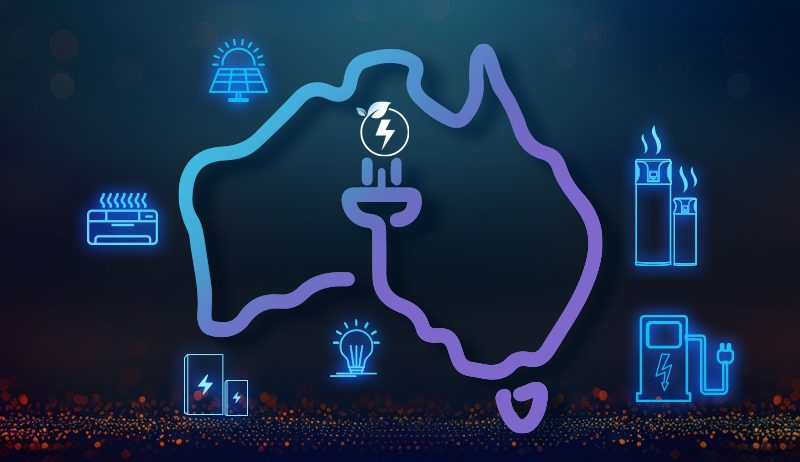
The National Energy Performance Strategy aims to bring together efforts to improve how energy is used across Australia.
Energy performance involves:
- Energy efficiency – using less energy to do the same tasks.
- Demand flexibility – adjusting when and how energy is used.
- Electrification or fuel switching – switching to electricity or other cleaner energy sources.
This strategy establishes a long-term plan to manage energy use so the community can benefit from lower costs, reduced emissions, and better health. It will also help Australia reach its goals for cutting emissions and increasing renewable energy use.
For households, businesses, and industries, the strategy will:
- Lower energy bills
- Reduce emissions
- Improve energy reliability and security
The Australian Government is investing $15.2 million until 2026 to develop and implement the strategy. The strategy was released in April 2024 after public consultation and input from key stakeholders.
Get all of your electrical products from one place! Click on Cyanergy to enjoy the best electrification experience!
